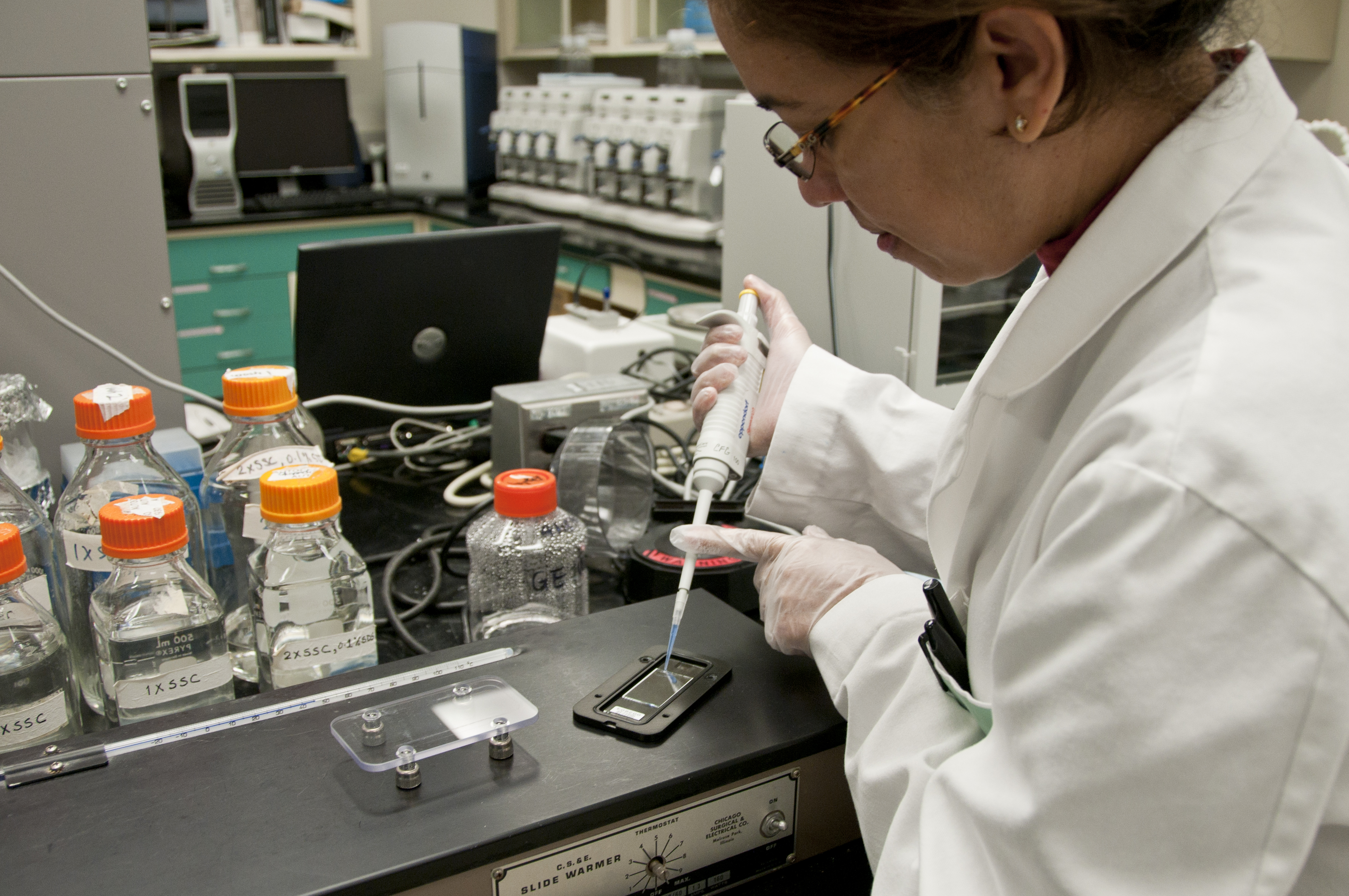
Photo from academic.microsoft.com
(1) Background: Realfooders have positioned themselves in social networks such as Instagram by posting photographs of recipes, advises, habits and nutritional behaviours which are advertised as reliable nutritional patterns and… Click to show full abstract
(1) Background: Realfooders have positioned themselves in social networks such as Instagram by posting photographs of recipes, advises, habits and nutritional behaviours which are advertised as reliable nutritional patterns and by their self-promotion as highly trained people in the field of nutrition which sometimes jeopardises the health of digital citizenry. (2) Methods: In this article, we develop a quantitative study for analysing the influence of selected Realfooders on 2,866,980 followers on Instagram, taking into account channel variables (gender, location, interests and motivations), followers’ variables (engagement, interaction and consumption) and some variables related to the message of 54 posts about breakfast. (3) Results: Selected Realfooders concentrate their followers in Spain, mostly women between 18 and 24 and between 35 and 44 years old who link their interests on food to the cult of the body and recreational areas. On the other hand, the content generated by Realfooders has been increasing its impact using advertising and marketing techniques for awaking consumer’s interest. (4) Conclusions: Educational and social agents are facing the challenge of low health literacy in young population. Therefore, it is necessary to design and implement strategies for developing critical thinking that allow them to assess the content generated by Realfooders and identify which recommendations can be harmful or beneficial to their health.
Journal Title: International Journal of Environmental Research and Public Health
Year Published: 2021
Link to full text (if available)
Share on Social Media: Sign Up to like & get
recommendations!